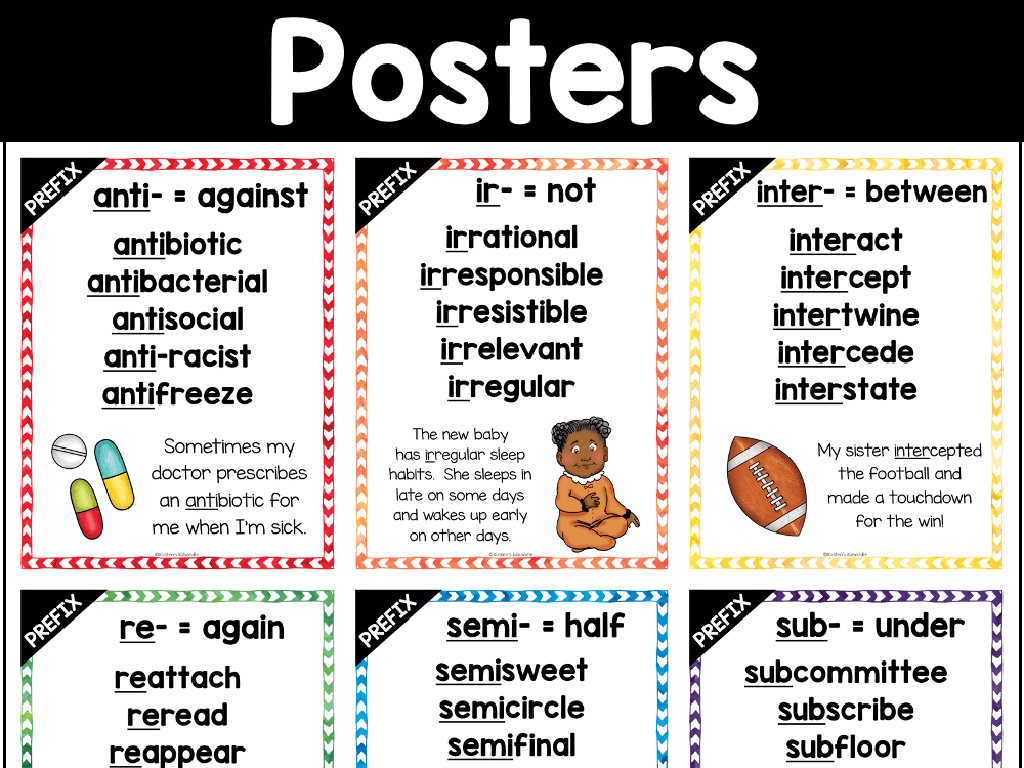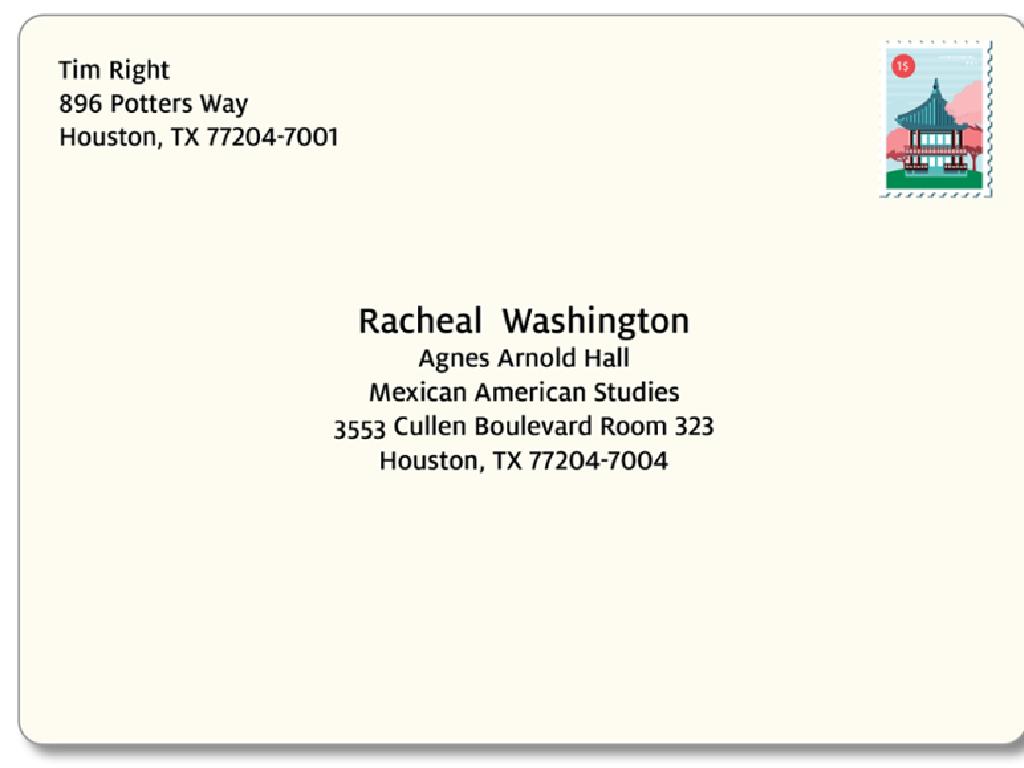The Scientific Revolution
Subject: Social studies
Grade: Seventh grade
Topic: Early Modern Europe
Please LOG IN to download the presentation. Access is available to registered users only.
View More Content
Welcome to the Scientific Revolution!
– Early Modern Europe overview
– A period of great change in Europe, from the 15th to 18th century.
– Defining the Scientific Revolution
– A transformative era where science and reason led to groundbreaking discoveries.
– The Revolution’s historical significance
– It marked a shift from traditional beliefs to empirical evidence and observation.
– Impact on modern science and thought
– Paved the way for advancements in technology, medicine, and philosophy.
|
This slide introduces students to the Scientific Revolution within the context of Early Modern Europe. It’s crucial to highlight the period as a time of significant transformation that laid the groundwork for modern science. Emphasize the shift from reliance on ancient authorities to observation and experimentation. Discuss why the Scientific Revolution is considered a pivotal moment in history, leading to the Enlightenment and influencing our understanding of the world. Encourage students to think about how scientific methods have evolved and continue to shape our society.
Before the Scientific Revolution: The Middle Ages
– Understanding the Middle Ages
– A period marked by a feudal system and the power of the Church.
– Tradition & authority in science
– Science relied on ancient texts and the Church’s teachings.
– Church’s role in knowledge
– The Church was the main source of knowledge, influencing beliefs.
– Transition to revolutionary thought
|
This slide aims to set the stage for understanding the context of the Scientific Revolution by examining the Middle Ages. During this time, the societal structure was heavily influenced by the feudal system, and the Church held significant power, including over knowledge and education. Science wasn’t based on experimentation but rather on the authority of ancient scholars and Church doctrines. It’s crucial for students to grasp how the reliance on tradition and the Church’s interpretation of knowledge laid the groundwork for the radical changes that the Scientific Revolution would bring. Encourage students to think about how the unquestioned acceptance of authority could hinder scientific progress and how the Scientific Revolution represented a significant shift in thought.
The Dawn of Modern Science
– Key figures: Copernicus, Galileo, Newton
– Revolutionized astronomy and physics
– Heliocentrism vs. Geocentrism
– Challenged the Earth-centered view of the universe
– Invention of the scientific method
– A systematic approach to inquiry
– Impact on modern science
– Laid the groundwork for future discoveries
|
This slide introduces students to the transformative period of the Scientific Revolution, highlighting the contributions of key figures like Copernicus, Galileo, and Newton. It discusses the shift from the geocentric (Earth-centered) view of the universe to the heliocentric (Sun-centered) model, which was a radical change at the time. The invention of the scientific method provided a new framework for scientific inquiry, emphasizing observation, hypothesis, experimentation, and the formulation of theories. This method became a cornerstone of modern science, paving the way for countless discoveries and advancements. Encourage students to think critically about how these changes affected not just science, but society as a whole.
Major Discoveries of the Scientific Revolution
– Telescope & Microscope: New views
– Allowed exploration of the cosmos and microorganisms
– Physics: Gravity & motion
– Newton’s laws changed how we perceive our world
– Biology: Unveiling human anatomy
– Detailed study of the body improved medicine
– Impact on modern science
|
This slide highlights the significant advancements during the Scientific Revolution that have shaped our understanding of the world. The invention of the telescope and microscope opened up the vastness of space and the intricacies of life on a microscopic level. Physics was revolutionized by the formulation of the laws of gravity and motion, primarily by Sir Isaac Newton, which laid the groundwork for modern physics. Biology and anatomy saw great strides with a more systematic and scientific approach to studying the human body, leading to better medical knowledge and practices. These discoveries and inventions had a profound impact, forming the foundation of modern science and altering humanity’s view of itself and the universe.
Impact of the Scientific Revolution
– Revolutionized global understanding
– Shift from geocentric to heliocentric models; challenged traditional views.
– Science’s influence on society
– Scientific methods led to societal progress in various fields.
– Enduring effects on future generations
– Innovations laid the groundwork for modern technology and medicine.
– Shaped modern scientific thought
|
This slide aims to highlight the profound impact the Scientific Revolution had on the world. It changed how humanity viewed the universe and itself, shifting from a geocentric to a heliocentric worldview and challenging long-held beliefs. The development of the scientific method influenced society by encouraging empirical evidence and rational thought, leading to advancements in numerous fields. The effects of these changes are still felt today, as they laid the foundation for modern science, technology, and medicine. Encourage students to think about how the Scientific Revolution has shaped their understanding of the world and to consider its lasting legacy on future generations.
Class Activity: Scientific Method in Action
– Formulate a hypothesis
– Design a group experiment
– Observe and record outcomes
– Relate to the Scientific Revolution
– How did early scientists’ methods compare to ours?
|
This activity is designed to give students a hands-on understanding of the scientific method, which was a cornerstone of the Scientific Revolution. Divide the class into small groups and guide them to come up with a simple hypothesis about a daily observation. Then, help them design an experiment that can be conducted within the classroom or school grounds. Ensure they understand the importance of recording their observations accurately. After the activity, lead a discussion on how their experience relates to the work of early scientists during the Scientific Revolution, emphasizing the shift from reliance on authority to empirical evidence. Possible experiments could include testing the growth of plants with different amounts of sunlight, observing the behavior of magnets, or experimenting with simple chemical reactions.





